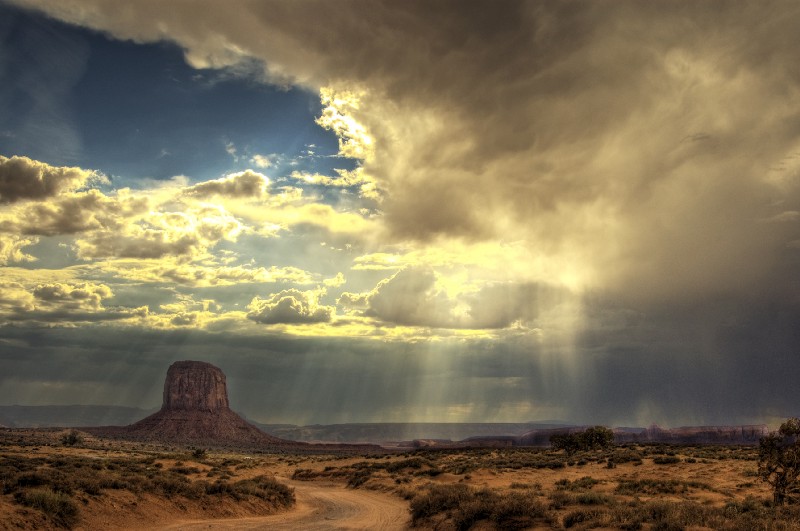Solar energy is merrily progressing along the “technology adoption life cycle”, a time-worn model which categorizes the 5 stages of public acceptance and adoption of a new technology. In this model a new technology’s first users are labeled “innovators”, then it gains “early adopters”, proceeding to an “early majority”, then “late majority” and finally… “laggards”!
In certain areas at least, solar may well be entering into the “early majority” phase of acceptance. After all, solar energy is a mature, proven technology that has been with us for decades, but common adaptation of it for residential and commercial electrical use is more recent. It is off and running now though, as solar’s growth rate over the last 5 years has been very impressive, both nationally and globally.
But time-worn as well is the notion that solar energy is just something for the rich and famous, with mid-to (and especially) low-income housing being off the solar radar for both industry attention and customer adaptation.
So the question is: is solar’s growth reaching and benefitting everybody — or just the “1%”?
Good News Travels Far
One successful company focused on just that is Grid Alternatives. For over 10 years this Oakland-based nonprofit has been creating programs and installing solar systems to benefit low-income housing, as well as training scores of people for solar jobs. Grid Alternatives has completed thousands of installations in cities throughout the country, but they’ve now taken the program farther out to field by serving one of our country’s most economically challenged and commercially overlooked demographics — our Native American communities.
These often remote and isolated communities and reservations not only can contain some of our nation’s highest unemployment rates, but, and perhaps relatedly, can include households with no electricity at all. The US Department of Energy estimates in the Navajo Nation alone, in the Four Corners region, around 40% of homes still lack electricity. Yes, that’s here in the U.S. And for those that do have electricity, it can many times cost as much as 10% above the national average on a reservation.
Grid Alternative’s National Tribal Program has stepped firmly in to help on both fronts. Formally launched in 2014, the program has worked with over 40 Native American Tribes, installing solar systems for over 490 families. The program is expanding, with over 100 projects slated already for 2017 in an increasing number of territories.
For example, the program has included 84 projects with the Bishop Paiute Tribe in southern California, and has expanded out to other states such as in Montana with the Chippewa Cree Tribe, northern New Mexico in the Tesuque Pueblo, South Dakota for the Rosebud Sioux, northern Arizona for the Navajo Nation, New York for the Shinnecock Nation, and in Washington with the Spokane Tribe.
Grid Alternatives installed 12 systems on the Pomo reservation in Hopland, CA, where there will be a combined savings of almost a half a million dollars over the lifetime of the systems. For this, Grid was honored by the US EPA Region 9 as a Climate Change Champion. Nicely summarizing solar’s benefits to the tribe, Shawn Padi, the chairman of the Hopland band, stated: “This green technology not only helps the environment but also makes [the families] monthly energy bills much more affordable.”
Innovative Programs for Low-Income Levels
Generally, Grid Alternatives does this by securing financing through a combination of state and federal incentives, rebates, equipment donations and fundraising that enables them to provide a low-to-no cost solar energy proposal to homeowners and housing providers. Assisting these efforts in California, they are also the program manager for the California Public Utility Commission’s Single-family Affordable Solar Homes incentive program (SASH), a $162 million-dollar program that is the first dedicated up-front rebate for low-income families in the U.S. In SASH’s first allocation, Grid installed systems on over 5,200 low-income homes in California.
Through an application process, Grid reviews and selects low-income residential properties that qualify under their guidelines, and proceeds to design and install a system. The system installation itself incorporates supervised and trained volunteers, thereby providing the local community valuable career pathways into renewable energy.
Within the Tribal Program alone, Grid has trained over 400 Native Americans with hands-on installations. So overall, the program provides Tribal members — or any other low-income households — with clean energy that helps the environment, a reduction in monthly electricity bills, and job training for new employment opportunities within their communities.
The fact is, solar’s value proposition makes sense for almost all cases economically, and of course environmentally as well. It is a win-win for all levels of income, but can have an even greater positive impact on mid-to-low-income households where the monthly energy bill takes up a larger percentage of take-home pay. Solar energy’s ability to save homeowners on their monthly electric bill over the next 30 years (or more) can simply be a game-changer.
Yes the solar movement is rapidly growing, and it’s no longer just for “innovators”, “early adopters” or even the “1%”. It is for the “majority”, for everyone. And again, everyone is needed.
# # #
Photo Credit: Wolfgang Staut/“The Storm”/CC-BY
